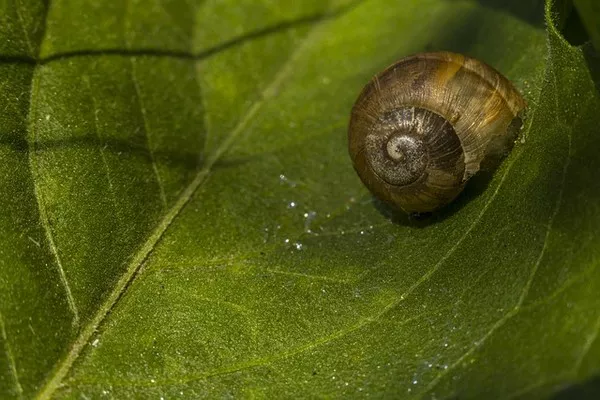Botanists at the University of California, Riverside, are advocating for a focused effort to identify the crucial conditions that lead to plant mortality. They contend that understanding these limits is essential for strategically selecting conservation targets, particularly in an era characterized by escalating droughts and wildfires.
Published in Conservation Physiology, their paper emphasizes that researchers must establish the thresholds beyond which plants’ vital functions cease. Failing to do so, they argue, would be a missed opportunity amidst the growing environmental challenges.
Louis Santiago, a botany professor at UCR and the corresponding author of the paper, underlines the significance of measuring the extent of water loss that plants can endure before wilting and identifying the temperature at which photosynthesis halts for different plant varieties. “It is so important to measure the critical limits of when things will fail, and not just how they’re doing now,” Santiago stressed.
The UCR team contends that comprehending the present physiological status of plant species during periods of stress, a situation increasingly common with rising temperatures and aridity, is invaluable. This understanding can offer critical insights into the proximity of certain plants to local extinction. When combined with data on critical limits, it can enable the more judicious allocation of conservation resources by revealing warning signs before they become apparent.
However, these critical stress limits are not routinely considered when evaluating the health of plant populations, primarily because such limits remain unknown for most species. Of the roughly 700,000 plant species on Earth, only about 1,000 have had their limits characterized.
It is important to note that plants can occasionally surpass their limits temporarily and rebound. For instance, houseplants may wilt when deprived of water but can recover when adequately hydrated. However, if they remain wilted for an extended duration, their survival prospects diminish.
According to Santiago, “Wilting, what we refer to as losing turgor pressure, is not always fatal but it’s one step toward death. Just like people with extremely high blood pressure might die if they don’t get it to come down.”
Santiago’s research is centered on plant physiology, which delves into the chemical and physical processes integral to plant life. In recent years, his lab’s focus has shifted towards the study of critical limits.
The impetus for this research arose after observing species suffering during the last drought. Santiago and his team wanted to determine if these measures could have predicted the die-offs they witnessed.
For their latest study, they measured the leaf wilting points for six species of Southern California chaparral shrubs, including California lilac and two types of sage. Their findings illustrate the various methods for determining critical limits and how this information can contribute to conservation efforts.
Santiago underscores the necessity for collaboration between plant physiologists, conservation biologists, and land managers. “We have the capacity to identify the most vulnerable, rare species and focus on them,” he explains. With the impending climate challenges, most plant species will face conditions distinct from their evolutionary adaptations. For those looking to support plant survival, Santiago suggests involvement in native plant societies and participating in volunteer projects aimed at preserving these vital ecosystems. “Let’s work smarter, and work together,” Santiago concludes.


